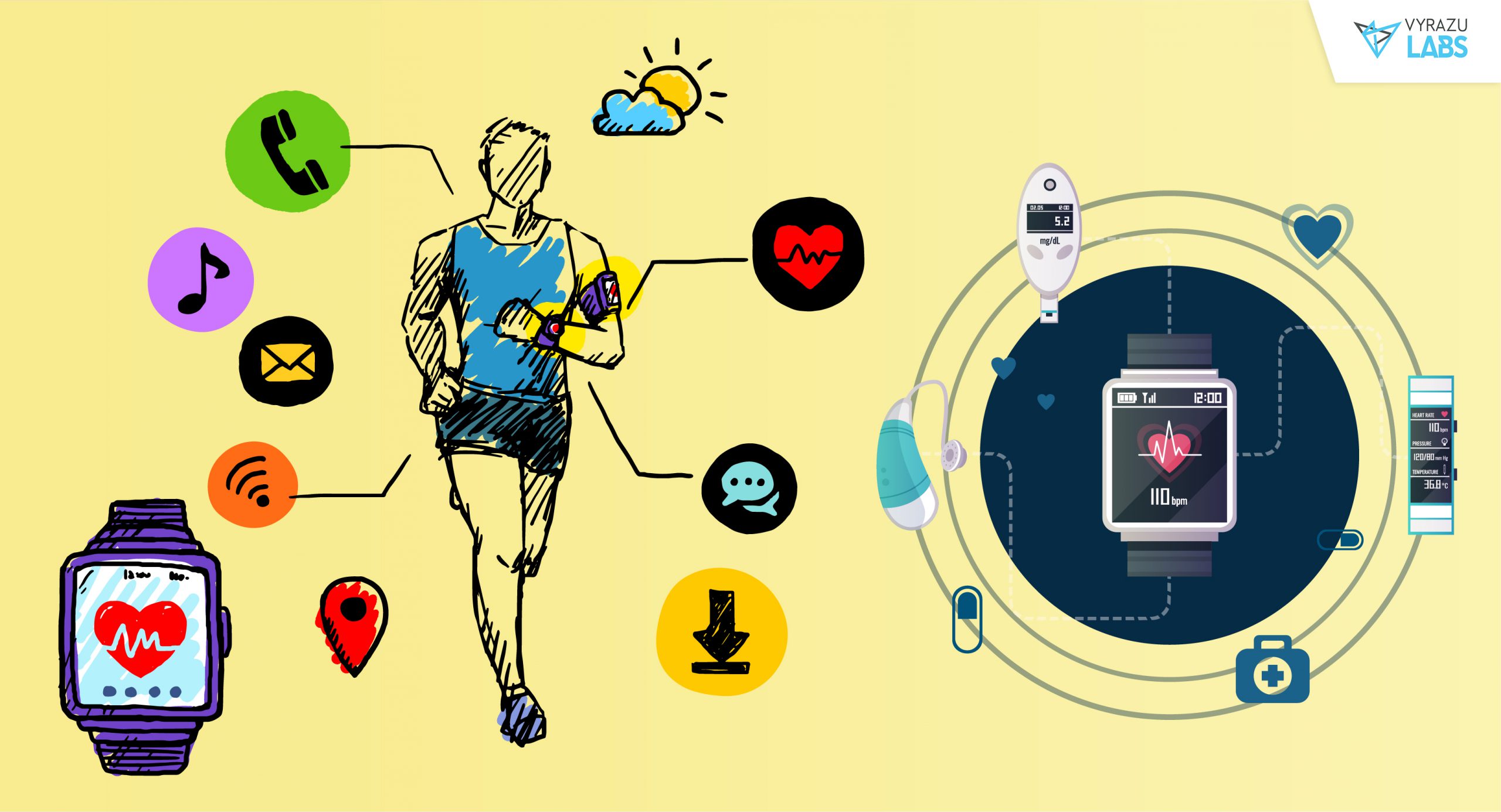Wearable technology has emerged as a game-changer in the health and fitness industry, revolutionizing the way individuals monitor and manage their well-being. These innovative devices, ranging from fitness trackers and smartwatches to health monitoring wearables, have become increasingly popular due to their ability to provide real-time data and insights into various aspects of our health. By seamlessly integrating into our daily lives, wearable technology is empowering individuals to take control of their fitness goals, make informed decisions about their health, and lead healthier lifestyles.

**1. Fitness Tracking and Activity Monitoring**
Fitness trackers, one of the earliest forms of wearable technology, have evolved to become much more than just step counters. These devices now offer comprehensive activity monitoring, tracking not only steps but also distance covered, calories burned, heart rate, and sleep patterns. The data collected by fitness trackers helps users set and achieve fitness goals, encouraging them to lead more active lifestyles. By providing tangible feedback and progress updates, wearables motivate users to stay on track with their exercise routines and make healthier choices.
**2. Personalized Health Insights**
Smartwatches and health monitoring wearables take fitness tracking a step further by providing personalized health insights. These devices can measure heart rate variability, blood oxygen levels, stress levels, and even track menstrual cycles for women. With continuous monitoring of vital signs and health metrics, wearables can detect irregularities or changes in health patterns, alerting users to potential health issues. This proactive approach empowers individuals to seek timely medical advice and make lifestyle adjustments, promoting better overall health.
**3. Integration with Fitness Apps**
Wearable technology seamlessly integrates with a plethora of fitness and health apps, enabling users to consolidate their health data in one place. This integration enhances the user experience by providing a comprehensive view of their fitness progress, nutrition, sleep patterns, and other health-related metrics. Many wearables also offer social features that allow users to connect with friends, share achievements, and compete in fitness challenges, fostering a sense of community and motivation.
**4. Enhancing Exercise Performance**
For athletes and fitness enthusiasts, wearable technology is becoming an essential tool for optimizing performance. Sports-specific wearables can track metrics such as running cadence, cycling speed, swimming strokes, and golf swings. By analyzing performance data, athletes can identify areas for improvement, refine training techniques, and prevent overexertion or injuries. These insights help athletes reach their peak performance and achieve their athletic goals.
**5. Remote Health Monitoring**
Wearable technology plays a crucial role in remote health monitoring, especially in telemedicine and remote patient care. Medical-grade wearables can track vital signs and collect data on specific health conditions, allowing healthcare providers to monitor patients’ health remotely. This capability is particularly valuable for individuals with chronic health conditions or those recovering from illnesses, as it allows for timely interventions and reduces the need for frequent hospital visits.
**Challenges and Considerations**
While wearable technology has undoubtedly transformed the health and fitness landscape, there are several challenges and considerations to be mindful of:
**1. Data Privacy and Security:** With wearables collecting and storing sensitive health data, ensuring data privacy and security is paramount. Manufacturers and app developers must implement robust security measures to protect user information.
**2. User Engagement and Long-Term Adherence:** Wearable technology is most effective when users consistently engage with their devices. Manufacturers need to focus on designing user-friendly interfaces and features that encourage long-term use and adherence.
**3. Accuracy and Reliability:** As wearables become more advanced, ensuring the accuracy and reliability of health data is critical. Continuous research and development are essential to improve the precision of sensors and algorithms.
**Conclusion**
Wearable technology has had a profound impact on health and fitness, empowering individuals to take charge of their well-being and make healthier lifestyle choices. From fitness tracking and personalized health insights to enhancing exercise performance and remote health monitoring, wearables are transforming the way we approach health and fitness. As technology continues to advance and become more accessible, the potential for wearable technology to improve overall health outcomes and revolutionize the healthcare industry is tremendous. Embracing wearable technology opens up new possibilities for proactive health management and a more connected and informed approach to well-being.